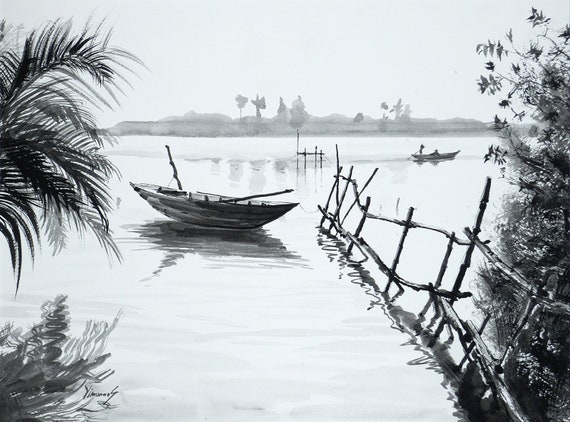


Various oil&acrylic paper qualities, arches, fabriano, georgian and conda.Īny comments on paper+india ink behaviour appreciated, most interested in any angles on ink on sized acrylic/oil paper. Mi teintes colored pastel/oil pastel paper how do i find the whitest paper? do you guys have like a secret vocabulary? am i able to varnish/fixate mixed media including india ink?Ĥ. are there other types of treatments to prepare grounds, does gesso accept india ink with brush and nib?ģc. what is the difference between archival and acid free? what is the projected longevity, 200 years vs 20? or 200 vs 2?ģ. I don’t have my health so all tips promoting speed and ease in handling, cleaning are seriously welcome!Ģ. what is the difference between natural and synthetic brushes with india ink? looking at acrylic pens rather horrified at the prices.ġ. I’ve a big bottle of india ink, two nibs, one holder on the way. Visualizing using brushes, nibs, silicone tools, twigs, what have you, with a few color acrylic ink pens (primaries, couple of earths), working on small supports. Both add thickness to the indigo as well as create a slight difference in color.With a long starting stretch in oils, my goal now is to pick up the means and knowhow to make something quickly. NOTE: As an alternative to water, try mixing the indigo crystals with a soy milk or Speedball Super Black Ink. Cover the indigo area with a thin layer of encaustic medium to protect it and either add additional layers of indigo or another painting or mark-making process.ġ0. IMPORTANT: All water must be dry in order to proceed with the next step.ĩ. Air dry or dry the indigo with a heat gun.Ĩ. Warm the encaustic surface slightly with a heat gun.Ħ. Stir slowly so as not to allow any air bubbles into the dye.ĥ. The thicker the paint, the less beading up on the encaustic surface and a more continuous line can be achieved.Ĥ. Add a pinch or two of the crystals to the water- the amount depends on how thick you would like the paint to be. Mix only as much as needed for use within 1-4 hours-as time passes the dye oxidizes and begins to lose its potency.ģ. Mix in a small dixie cup ½ tsp to ¼ cup or less of warm water.Ģ. The instructions below explain the basic mixing of the indigo for painting as well as offer suggestions for alternative liquids other than water.

The crystals can also be mixed with a variety of media other than water to enrich the color and/or reduce the beading of the media on the encaustic surface. What I find most exciting is that it can be painted directly on top of the encaustic surface, which allows for the painting of thin lines with tiny brushes, applying layers of lines or thin pools of translucent indigo color. The rich indigo color is unmistakable in that there really is nothing else like it’s clear blue with a hint of a green hue. As a painting medium, instant indigo is unique and quite versatile and when used on fabric or paper, can create unique collage material that can be embedded into your encaustic layers. "My favorite water-based media to use in combination with encaustic is a product called Instant Indigo (freeze-dried indigo crystals). She often uses inks to achieve much of this layered beauty. Lorraine Glessner's work is filled with dynamic texture and brushstrokes. When you are done, fuse lightly or allow it to dry naturally." If you want to add more lines or scratches, repeat the process. You don’t need to remove all the tone, just what is not essential to the painting. The tone can be removed with R&F Blending Medium. This will make the scratches visible and leave the tone on the surface. You'll need to push the paint into the texture, not just wipe on top. Next, take some Pigment Stick (multiple colors, if you like), or Sumi ink for a deep black, and rub into the scratches. Brushstrokes and pinholes left in the wax will add texture, as well. You can also sand the surface with rough grit sandpaper to create surface noise. Scratch outlines, tiny details, or words into the wax with a needle tool or stylus. If you miss an area, the Pigment Stick will permanently stain the substrate. "After you create your watercolor painting, fuse a layer of encaustic medium to the surface, being careful to cover the entire surface with enough depth to scratch into but not so thick as to lose the luminosity of the painting. Leslie describes the steps in her process below. Leslie Giuliani uses watercolor, gouache, R&F Pigment Sticks, and Sumi ink to enhance encaustic paintings.


 0 kommentar(er)
0 kommentar(er)
